Many stunning flowers around the world are on the verge of disappearing forever. These endangered blooms face threats like habitat destruction, climate change, and human activities. Their beauty is fleeting, and they may not survive the challenges they encounter. Once they’re gone, they might never return. Protecting these unique species is vital to preserving the planet’s botanical diversity.
Ghost Orchid
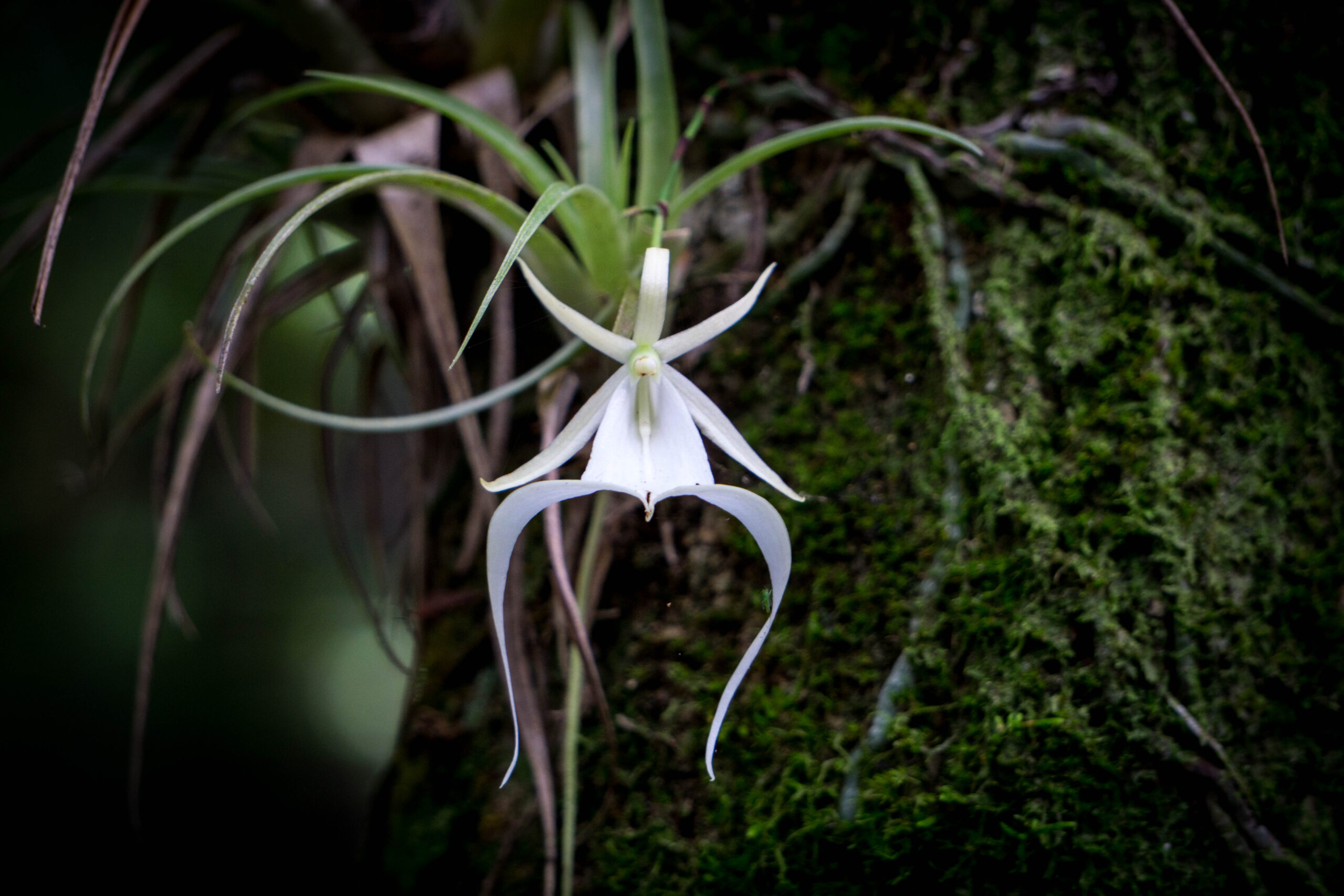
The Ghost Orchid is a rare, almost mystical flower that thrives in the swamps of Florida and Cuba. Its striking white petals seem to float like a ghost in the air, attached to thin, leafless stems. It relies heavily on specific fungi to grow, making it extremely vulnerable to environmental changes. Deforestation and habitat loss have pushed this delicate flower to the brink of extinction. With only a few known wild populations, the Ghost Orchid’s future is uncertain.
Jade Vine
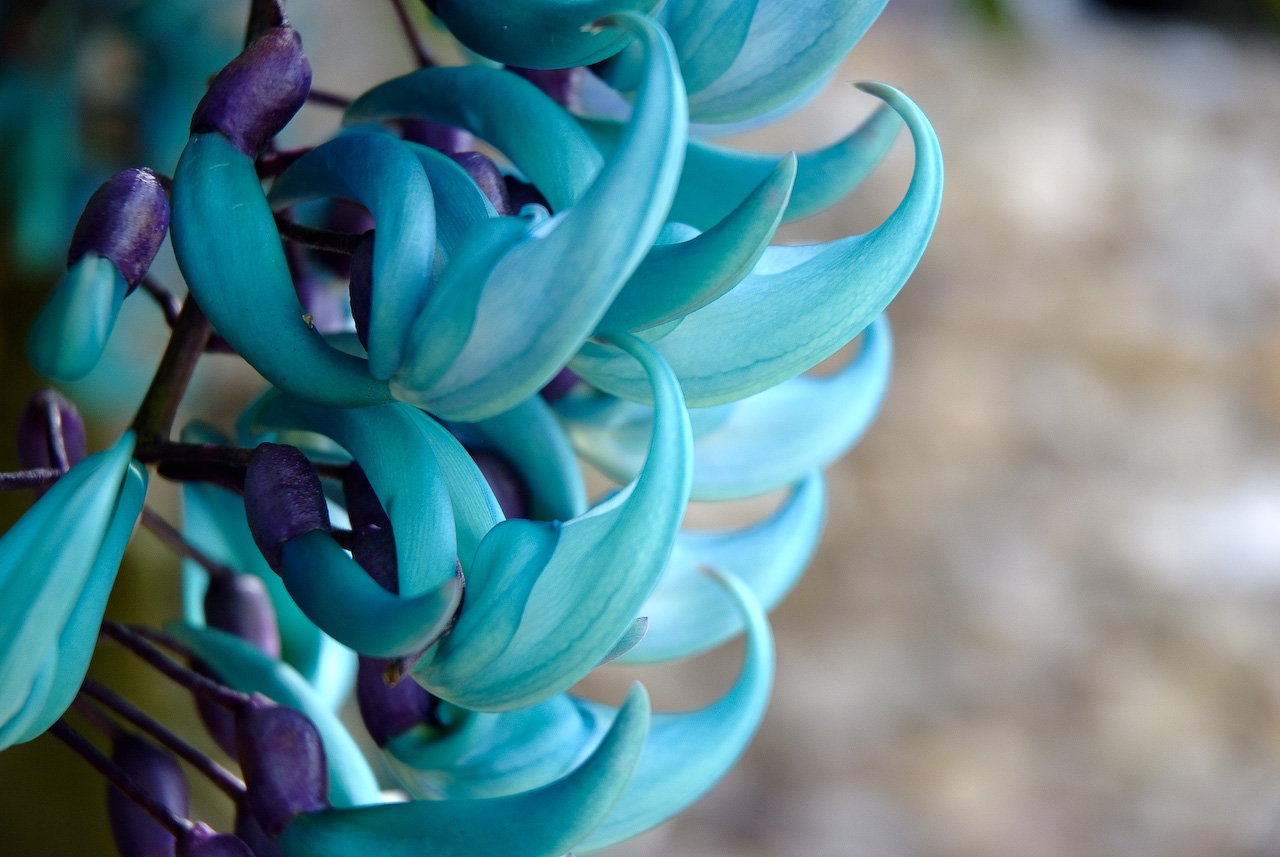
The Jade Vine, with its mesmerizing blue-green blooms, is native to the tropical rainforests of the Philippines. It can be spotted dangling from tree canopies, forming long, cascading clusters of vibrant flowers. Its pollination relies on bats, which are also under threat, contributing to its endangered status. Deforestation and habitat destruction have decimated its natural environment, leaving this exotic plant highly vulnerable. Conservation efforts are crucial to saving this spectacular flower from disappearing.
Yunnan Cypripedium

The Yunnan Cypripedium, or Lady’s Slipper Orchid, is a striking orchid native to China. Its unique pouch-shaped flowers, often yellow or pink, are highly sought after by collectors. Illegal poaching, combined with habitat loss from urbanization, has severely diminished its wild populations. Growing in forested regions, this orchid’s delicate nature makes it difficult to cultivate outside of its natural habitat. Its numbers are dwindling, and without intervention, it may soon vanish entirely.
Chocolate Cosmos
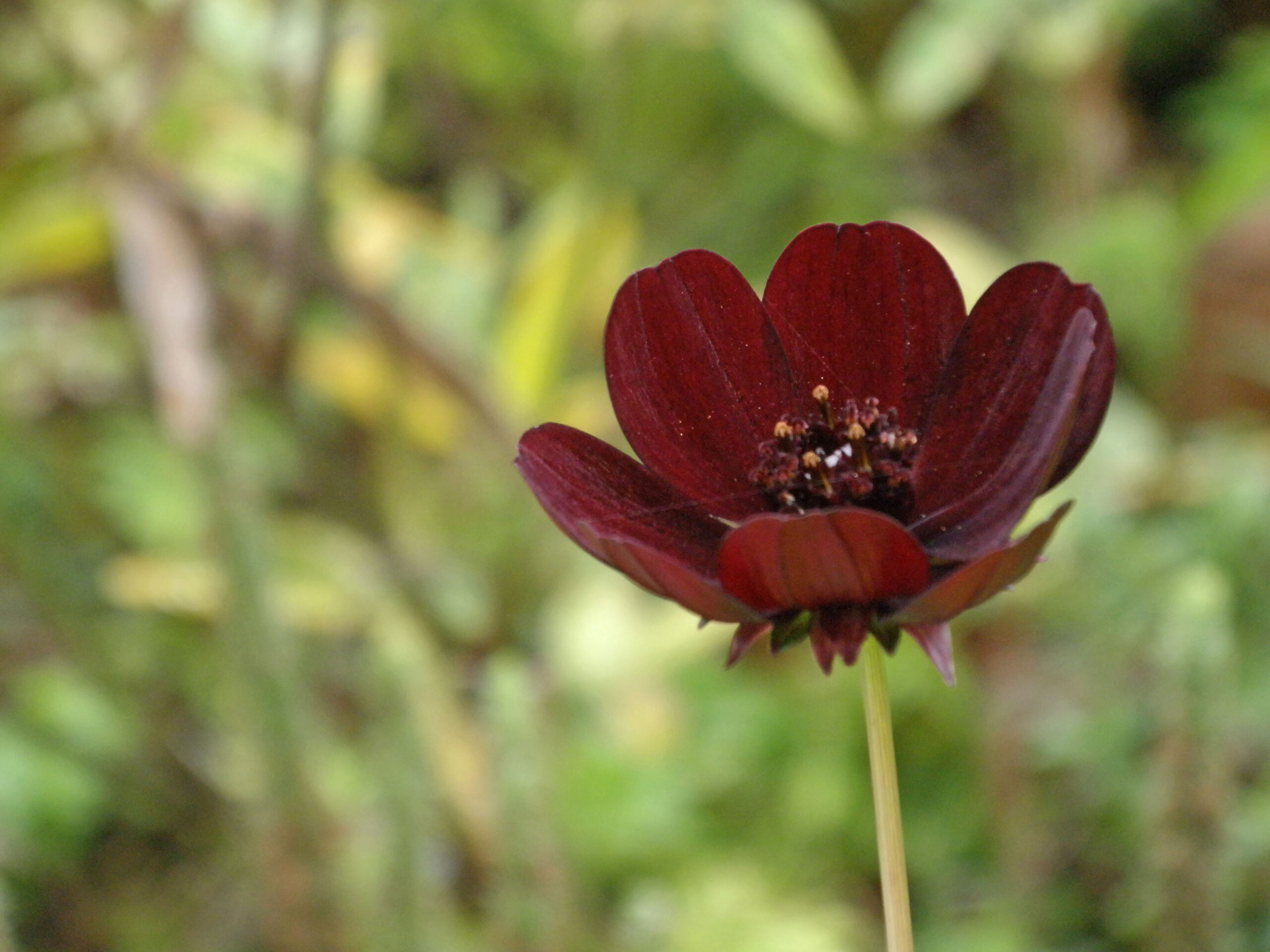
The Chocolate Cosmos, native to Mexico, stands out not only for its deep, velvety maroon color but also for its sweet, chocolate-like fragrance. Unfortunately, the wild species is believed to be extinct, with only cultivated clones remaining. Habitat destruction and agricultural expansion have wiped out its natural populations. Conservation efforts are in place to protect the remaining plants, but their survival outside human care remains fragile. This flower is a reminder of how quickly a species can be lost.
Western Prairie Fringed Orchid
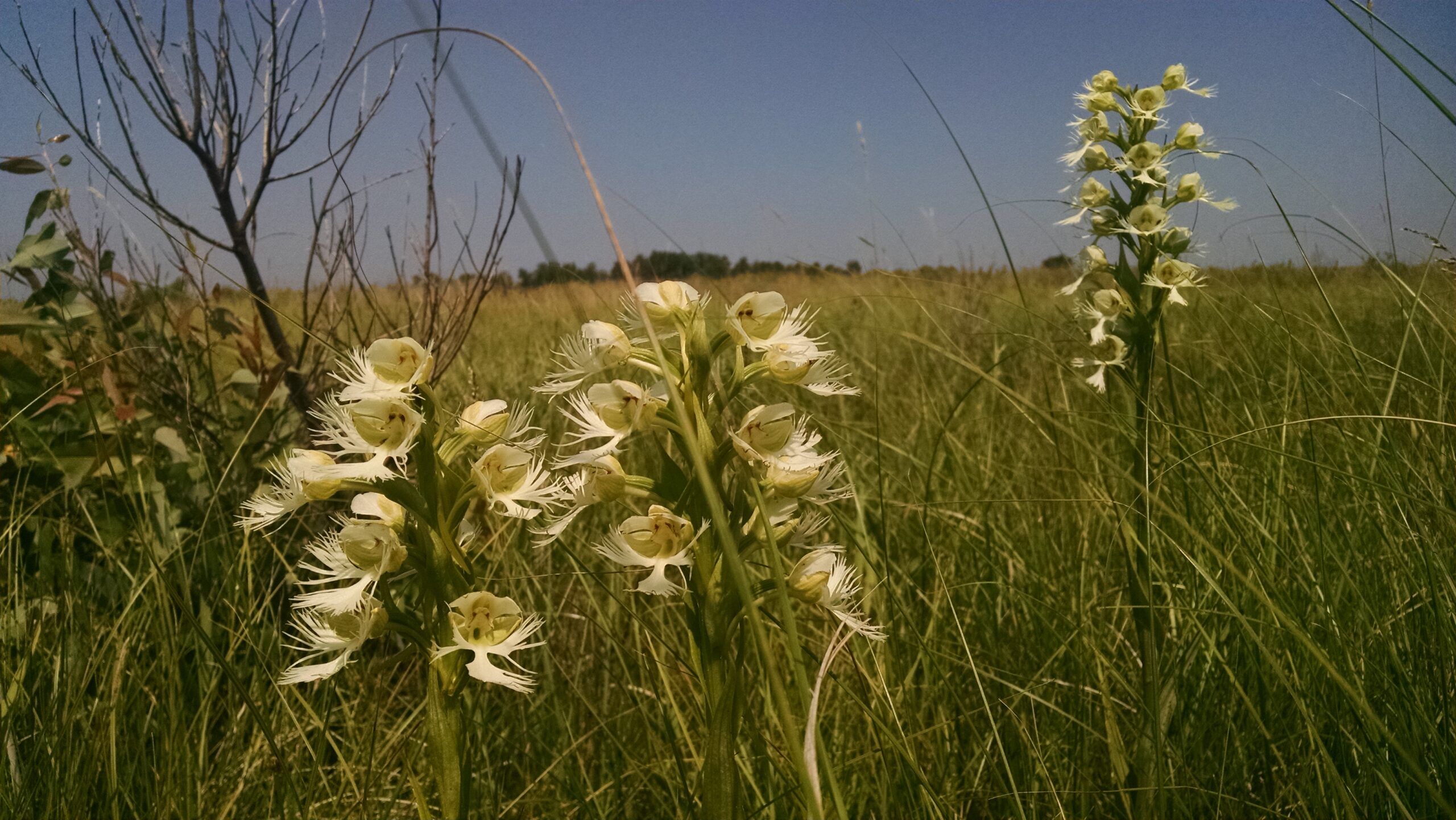
The Western Prairie Fringed Orchid, found in the grasslands of North America, is known for its delicate, fringed white petals and fragrant blooms. It requires a specific type of wetland environment to thrive, making it highly sensitive to changes in water levels and land use. Agricultural development and habitat loss have drastically reduced its range. This once-abundant orchid is now limited to small, scattered populations, making its recovery challenging but essential for biodiversity.
Corpse Flower
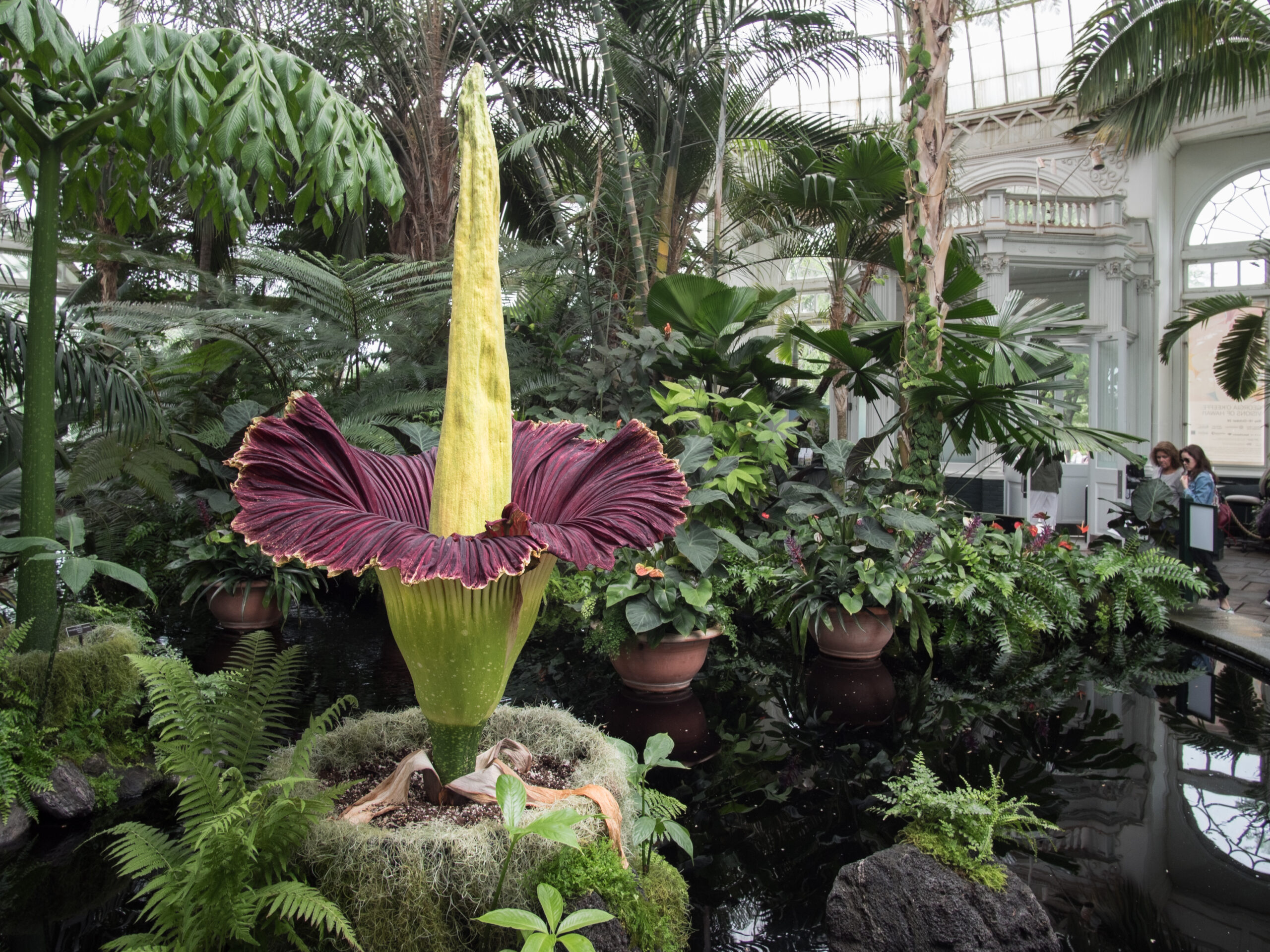
The Corpse Flower is infamous for its massive size and foul odor, which mimics the smell of rotting flesh to attract pollinators like flies. Native to the rainforests of Sumatra, this rare plant blooms infrequently, making it difficult to study and conserve. Habitat destruction and illegal collection have placed it on the endangered list. Its giant bloom, which can reach over 10 feet tall, is a spectacle of nature, but it’s increasingly rare to witness in the wild.
Lady’s Slipper Orchid

The Lady’s Slipper Orchid, with its vibrant pink, yellow, or white blooms, is one of the most striking orchids in the world. Found across Europe, North America, and parts of Asia, it has been driven to near-extinction by habitat loss and illegal collecting. Its flowers resemble a slipper, giving it a distinct look that appeals to collectors. Unfortunately, this beauty comes at a cost, as overharvesting and environmental threats have decimated its populations. Conservation efforts are critical to its survival.
Middlemist Red
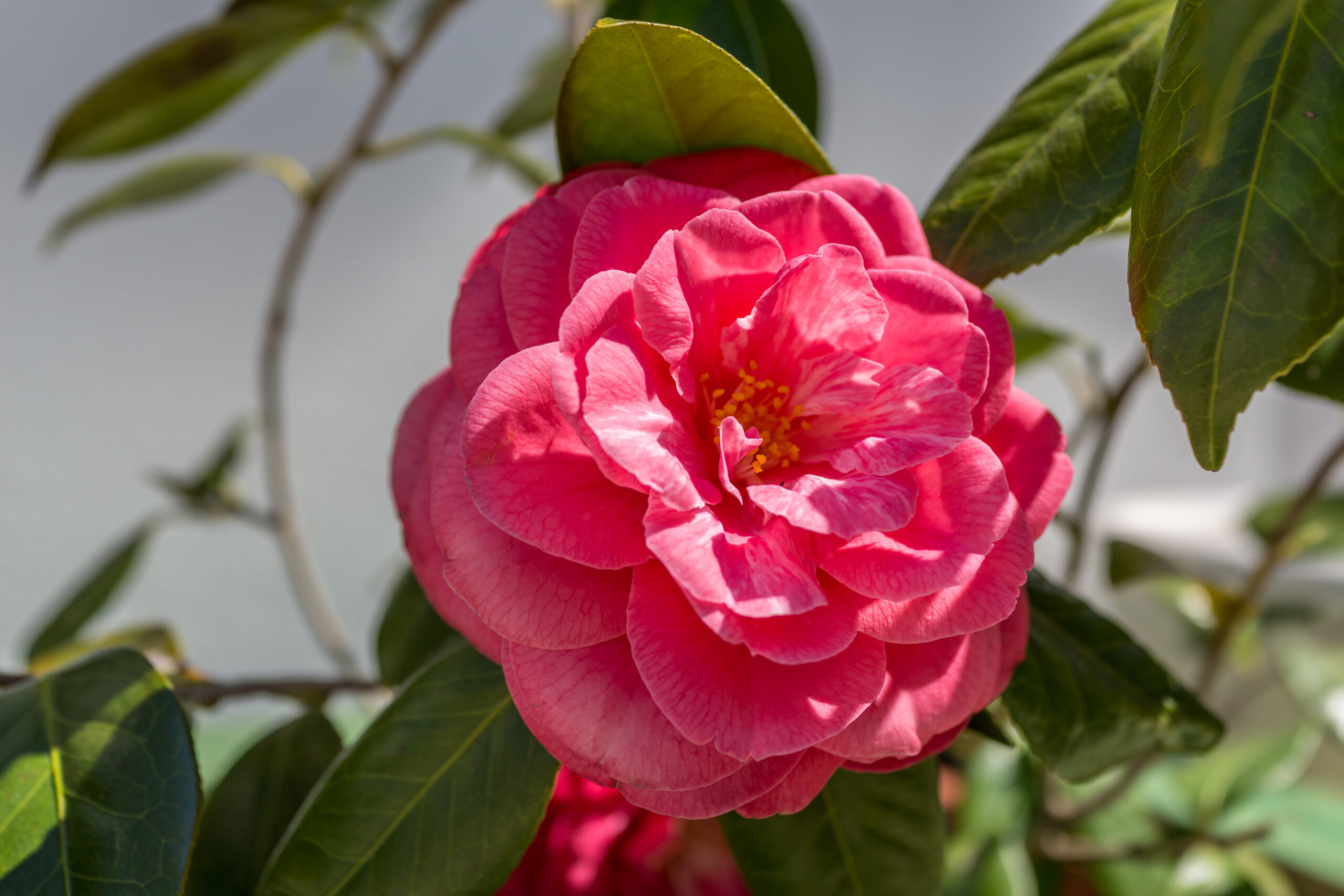
The Middlemist Red is one of the rarest flowers in the world, with only two known specimens. Originally from China, it was brought to the UK in the 19th century. Its vibrant, rose-like blooms are captivating, but habitat destruction has wiped out wild populations. Today, it can only be found in a garden in New Zealand and the UK. Conservationists are working to preserve this unique flower, but its survival remains fragile.
Snowdonia Hawkweed
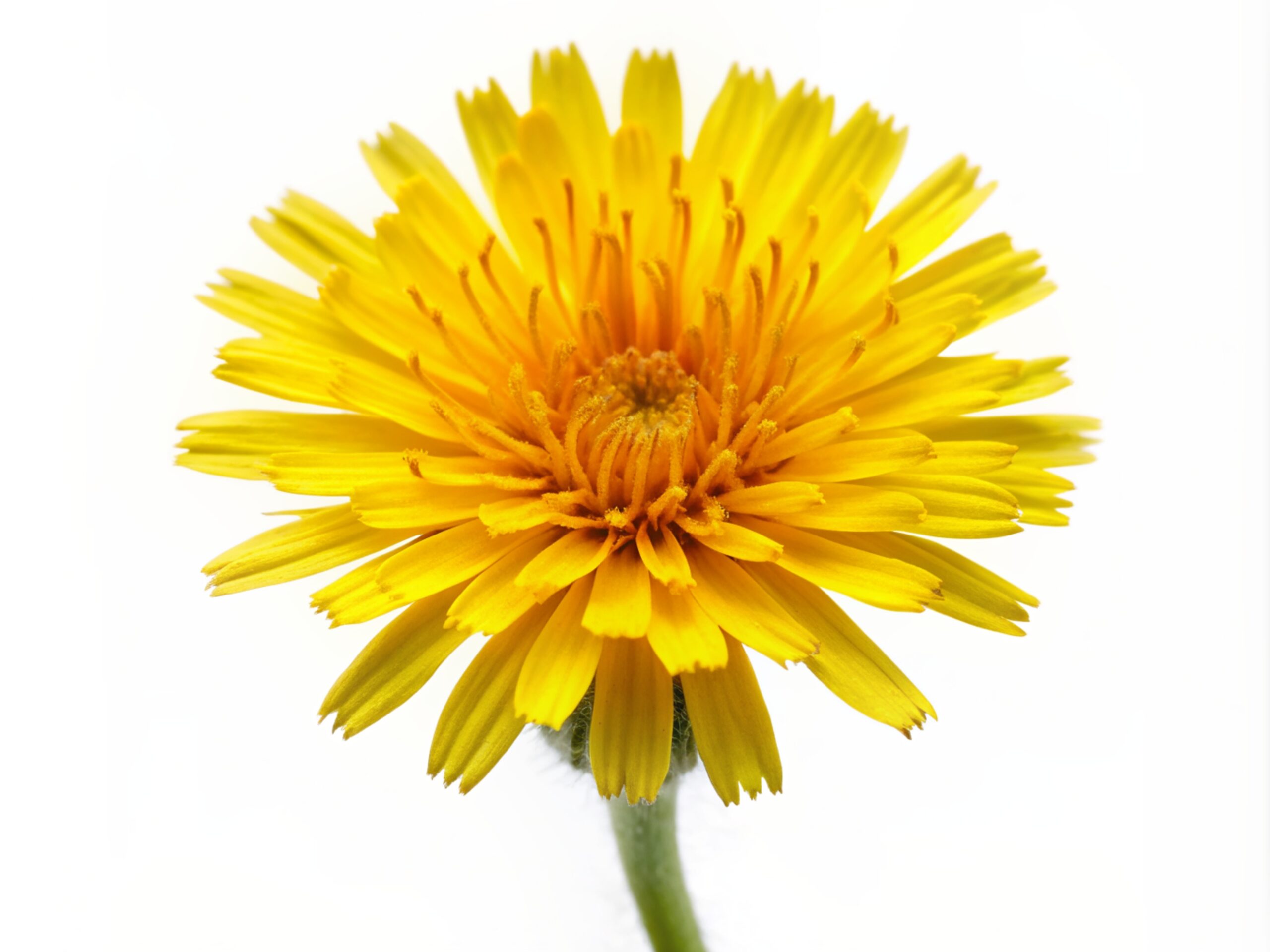
The Snowdonia Hawkweed is a bright yellow flower native to the Welsh mountains. Thought to be extinct for over 50 years, it was rediscovered in the early 2000s. This delicate plant grows in rocky, high-altitude areas, making it vulnerable to environmental changes. Human activity and climate change continue to threaten its limited habitat. Without careful conservation, this rare bloom could disappear once again.
Rothschild’s Slipper Orchid
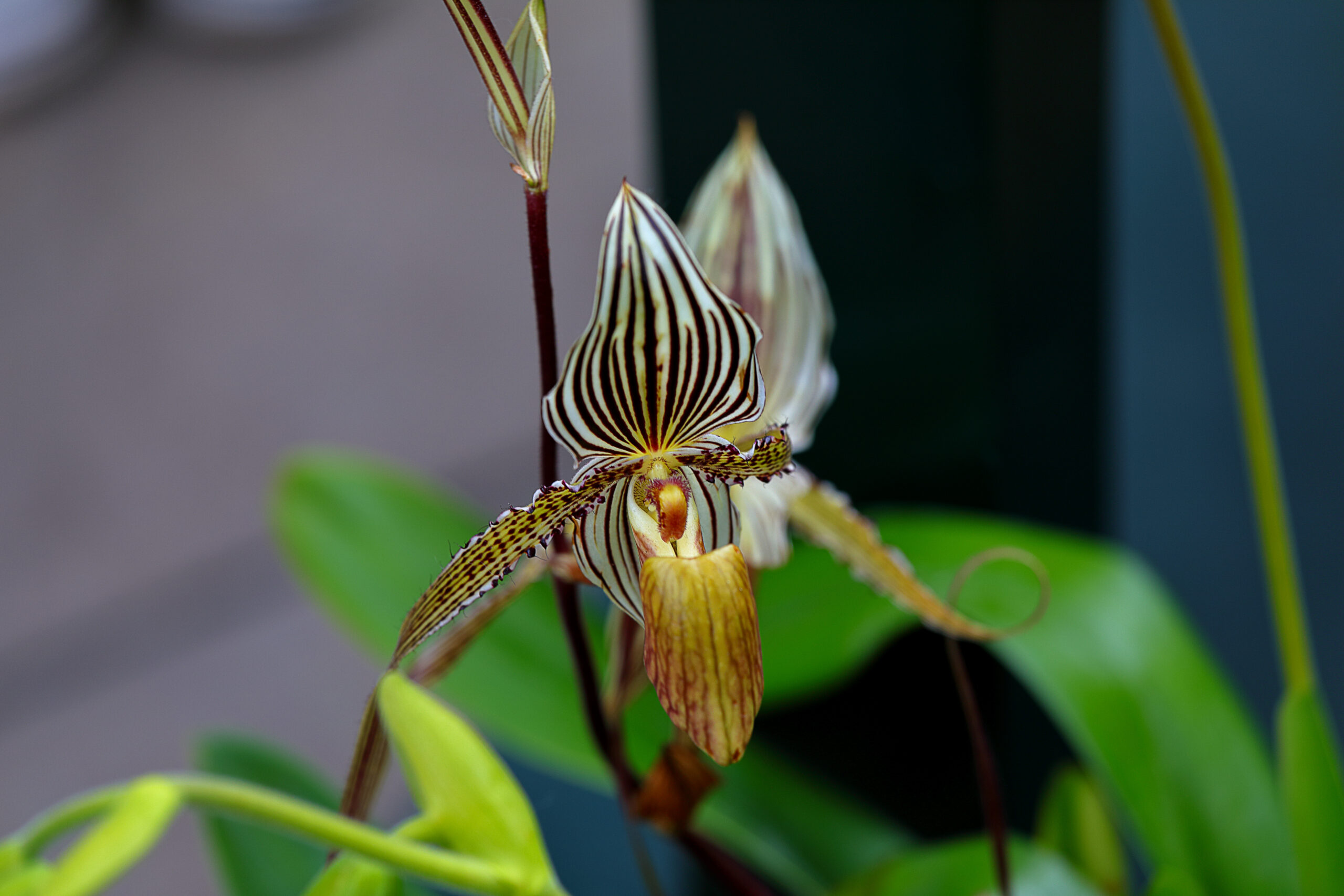
Rothschild’s Slipper Orchid is a stunning and highly sought-after flower native to the rainforests of Borneo. Its tall, upright petals and striking colors make it a favorite among collectors. Unfortunately, illegal harvesting and deforestation have pushed this orchid to the brink of extinction. It can take up to 15 years for this orchid to bloom, adding to its rarity. Strict conservation measures are now in place, but its future remains uncertain.
Franklin Tree

The Franklin Tree is a beautiful flowering tree native to Georgia, USA. Its white, camellia-like blossoms were once widespread, but the tree has been extinct in the wild since the early 1800s. Fortunately, it survives in cultivation thanks to early conservation efforts. Its mysterious disappearance from the wild remains unsolved, but its delicate beauty lives on in botanical gardens. This tree is a reminder of how quickly species can vanish.
Parrot’s Beak

Parrot’s Beak, also known as Lotus berthelotii, is an exotic plant with curved, beak-like red flowers. Native to the Canary Islands, it was once common but is now critically endangered. Its decline is largely due to habitat loss and competition from invasive species. Efforts to cultivate and reintroduce this plant are ongoing, but success has been limited. Its vibrant flowers are a rare sight, and without intervention, they may disappear forever.
Gibraltar Campion
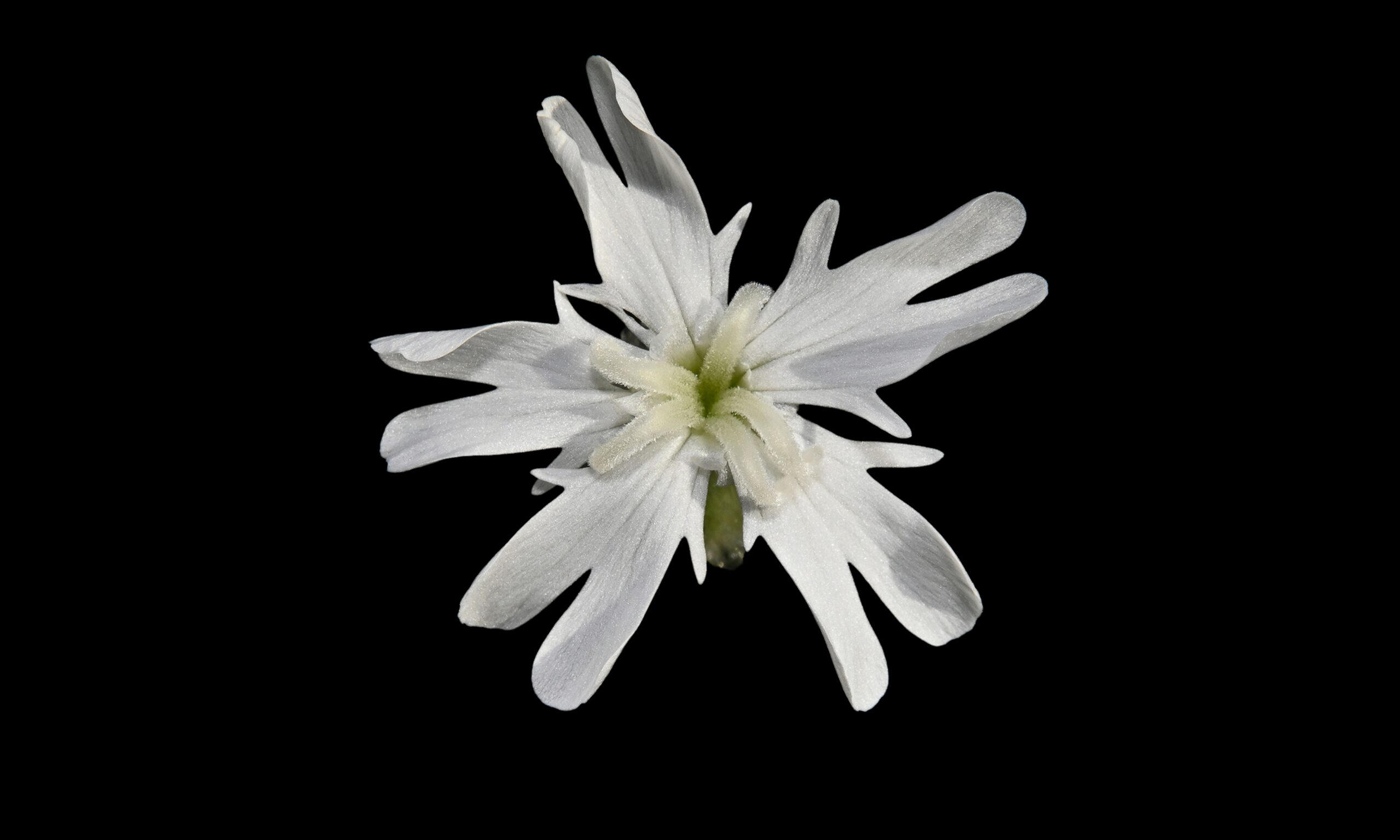
The Gibraltar Campion is a delicate pink flower found only on the rocky cliffs of Gibraltar. It was declared extinct in the wild in the 1990s but was rediscovered a few years later. Its fragile habitat makes it vulnerable to environmental changes and human interference. Conservation efforts are helping to protect this rare species, but its numbers remain low. This flower symbolizes the importance of protecting even the smallest ecosystems.
Hawaiian Hibiscus
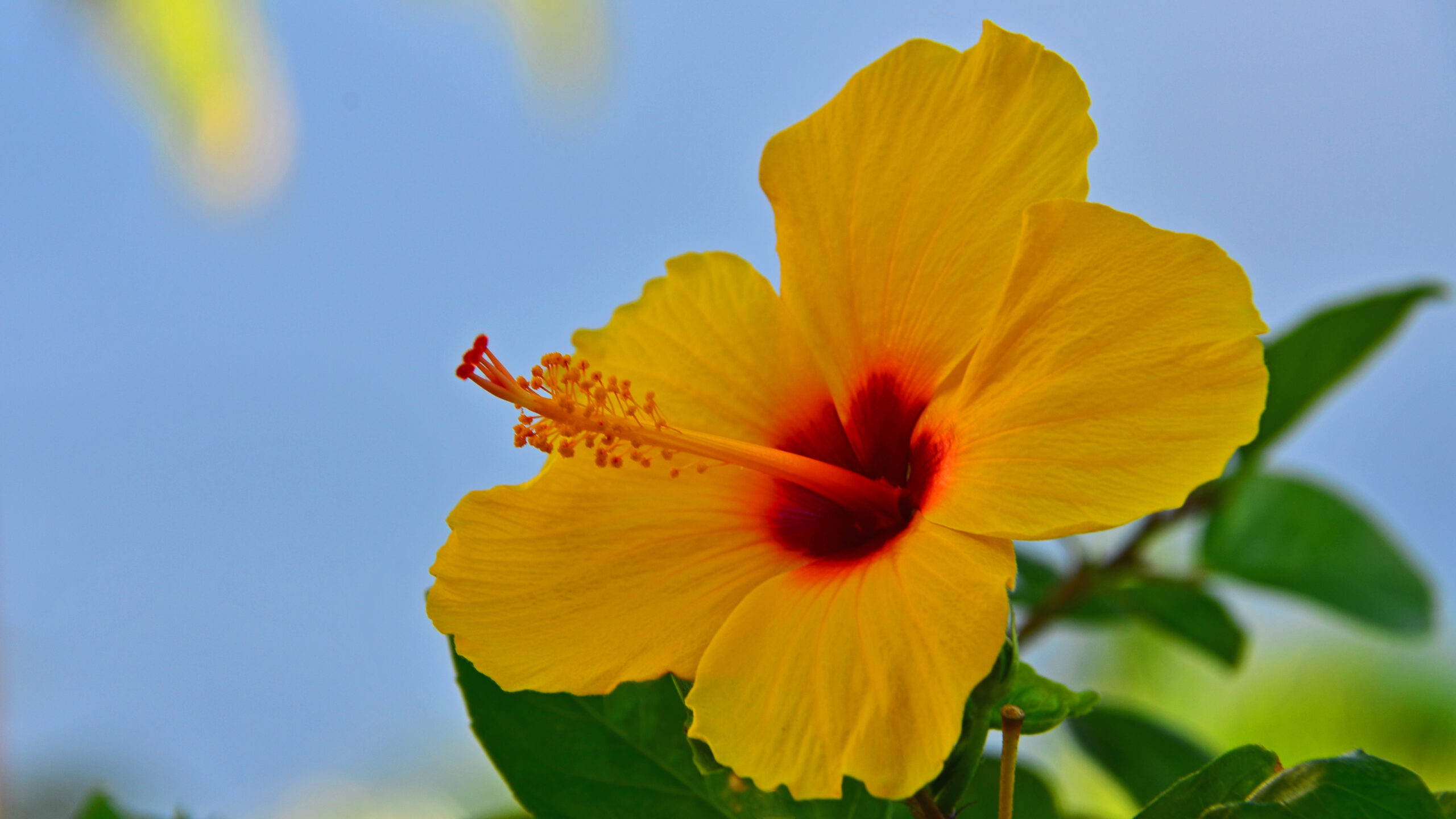
The Hawaiian Hibiscus is a striking flower with large, vibrant petals that come in various colors. Native to the Hawaiian Islands, several species of this hibiscus are now endangered due to habitat destruction and invasive species. These flowers thrive in the warm, tropical climate, but urban development has drastically reduced their natural environment. Conservation programs are in place, but many species of Hawaiian Hibiscus remain at risk of extinction.
Fire Lily
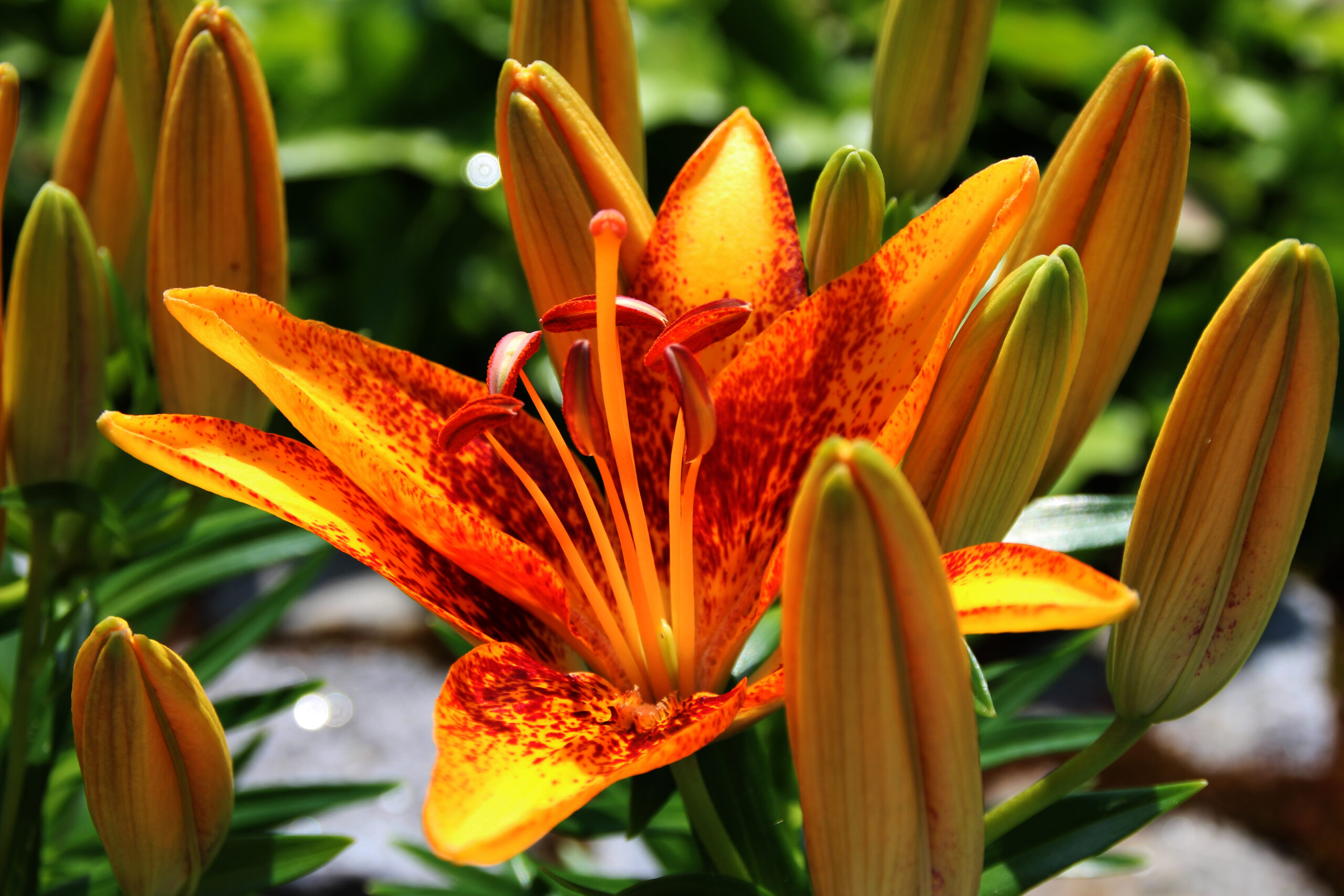
The Fire Lily is known for its fiery red-orange petals and bold appearance. Native to southern Africa, this striking flower thrives in rocky or dry environments. However, overharvesting for medicinal and ornamental use has significantly reduced its population. It faces threats from habitat destruction and agricultural expansion. Despite its vibrant beauty, without conservation efforts, the Fire Lily is at risk of vanishing.
Fitzroya Cupressoides
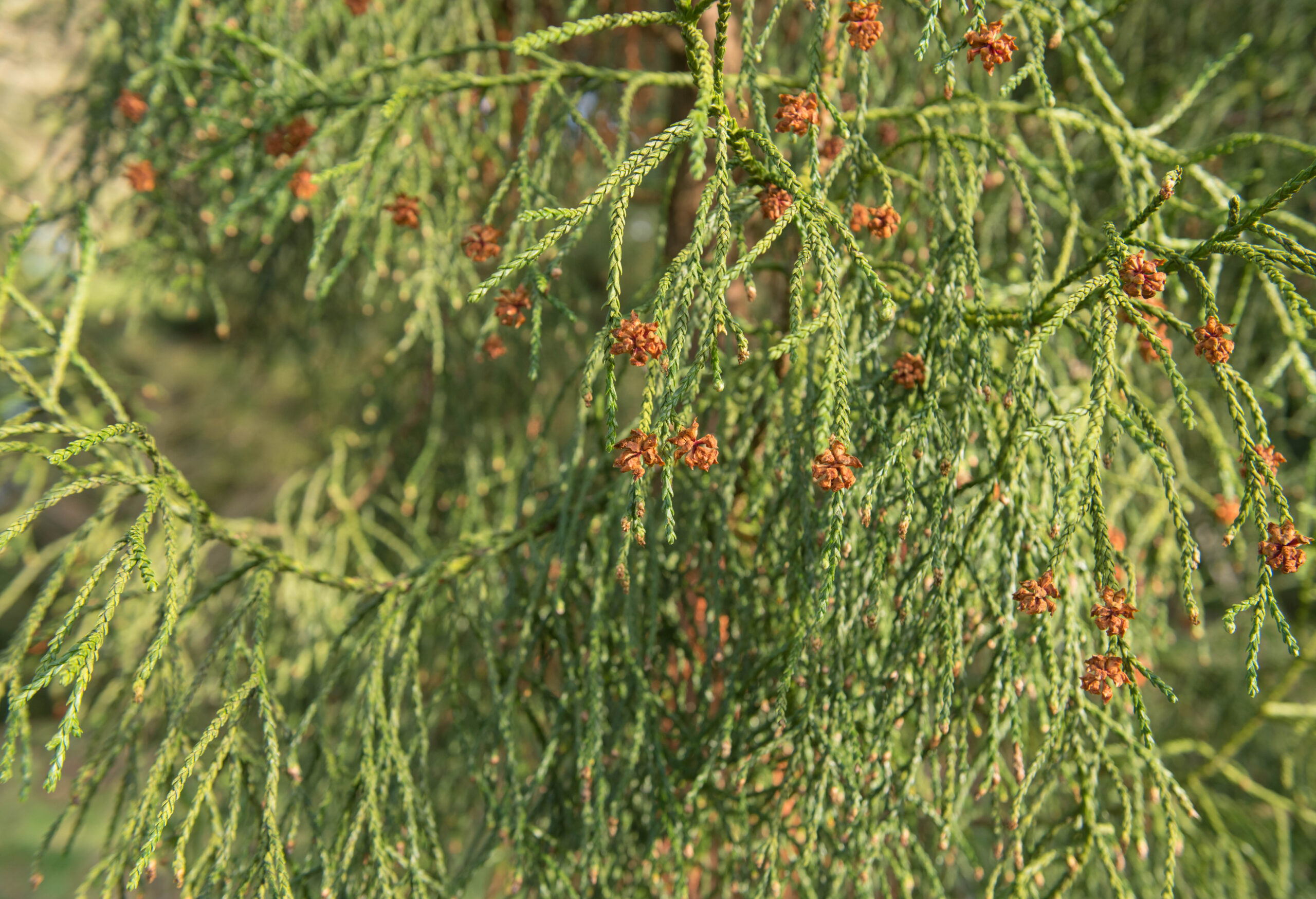
Fitzroya Cupressoides, also called the Patagonian Cypress, is a towering evergreen tree native to the Andes. Its dense, needle-like leaves and ancient trunks can live for thousands of years. Unfortunately, deforestation and logging have severely impacted its population. This slow-growing tree struggles to regenerate, and conservation measures are critical for its survival. Protecting these majestic trees is crucial for maintaining the biodiversity of their ecosystem.
Rafflesia Arnoldii
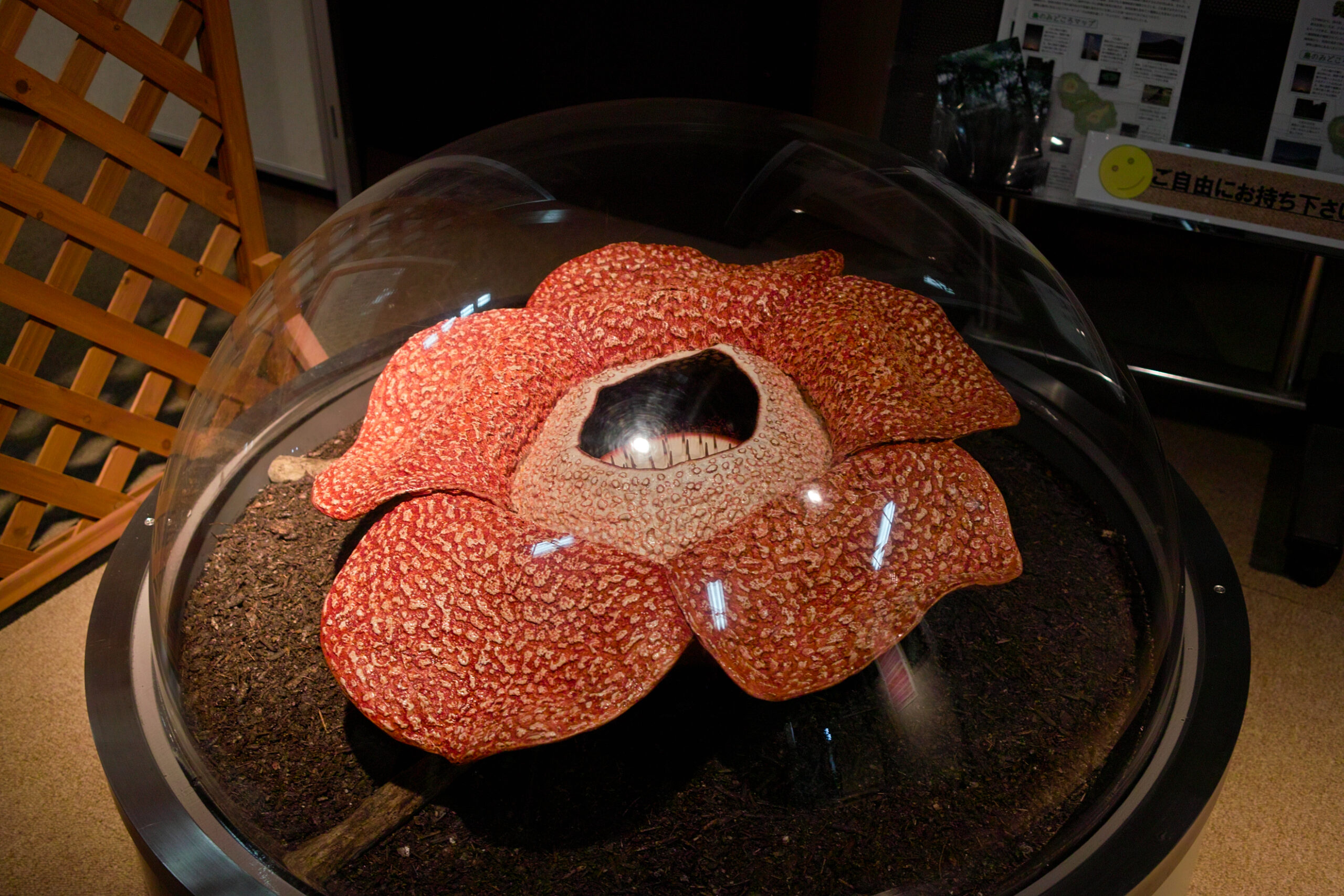
Rafflesia Arnoldii, also known as the “corpse flower,” is famous for being the largest flower in the world. Native to the rainforests of Indonesia, its massive blooms can reach over three feet in diameter. Despite its size, it’s highly elusive, blooming infrequently and emitting a foul odor to attract pollinators. Deforestation and habitat loss are the primary threats to its survival. Preserving its natural environment is vital to preventing its extinction.
Marsh Gentian
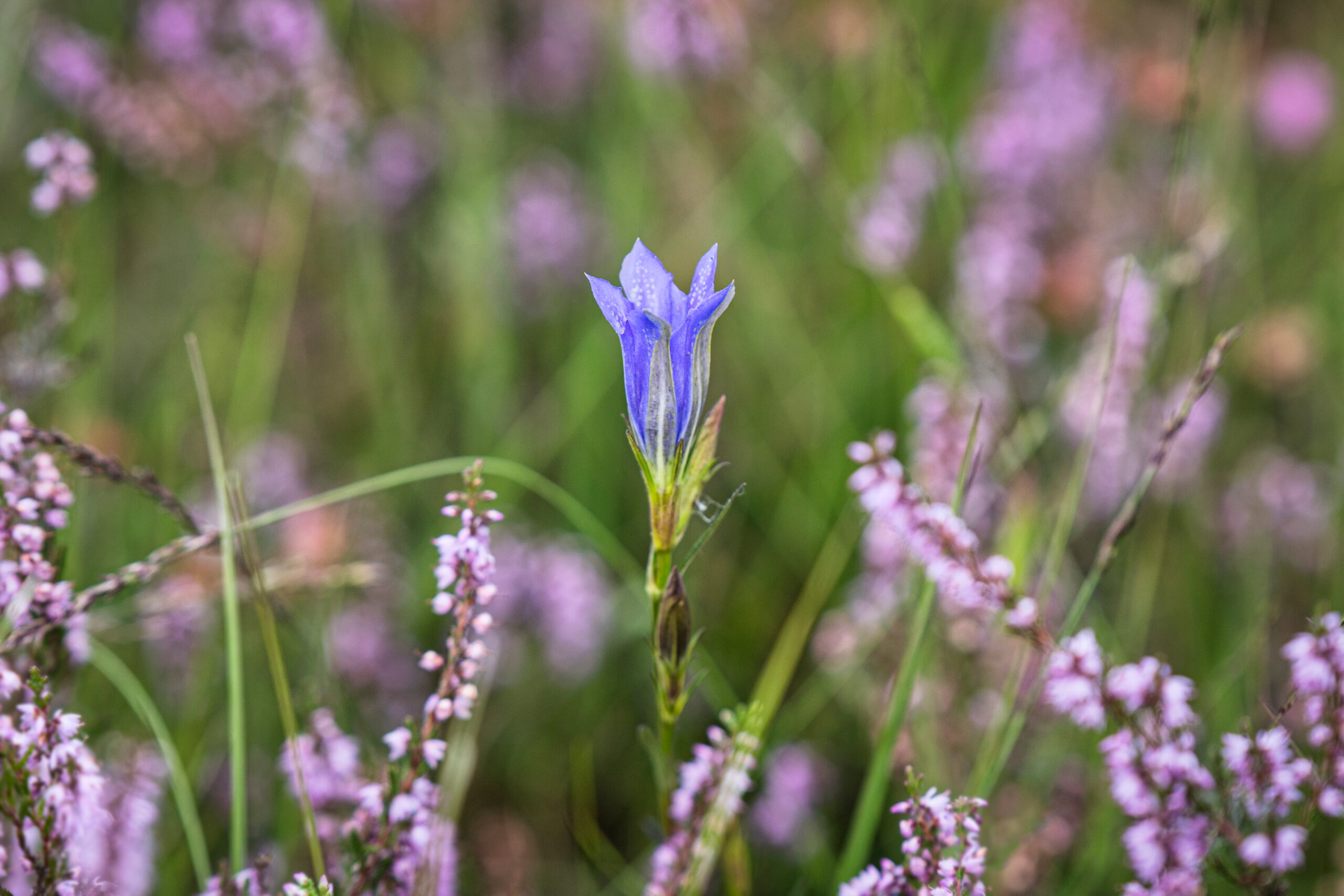
The Marsh Gentian is a beautiful blue flower native to wetlands across Europe and Asia. It thrives in marshy areas, but habitat drainage and land conversion have led to its decline. Its vibrant color and delicate shape make it a standout in wetland ecosystems. Unfortunately, human activity continues to encroach on its natural habitat. Conservation programs aim to restore its wetlands and ensure the survival of this fragile species.
Queen of the Andes
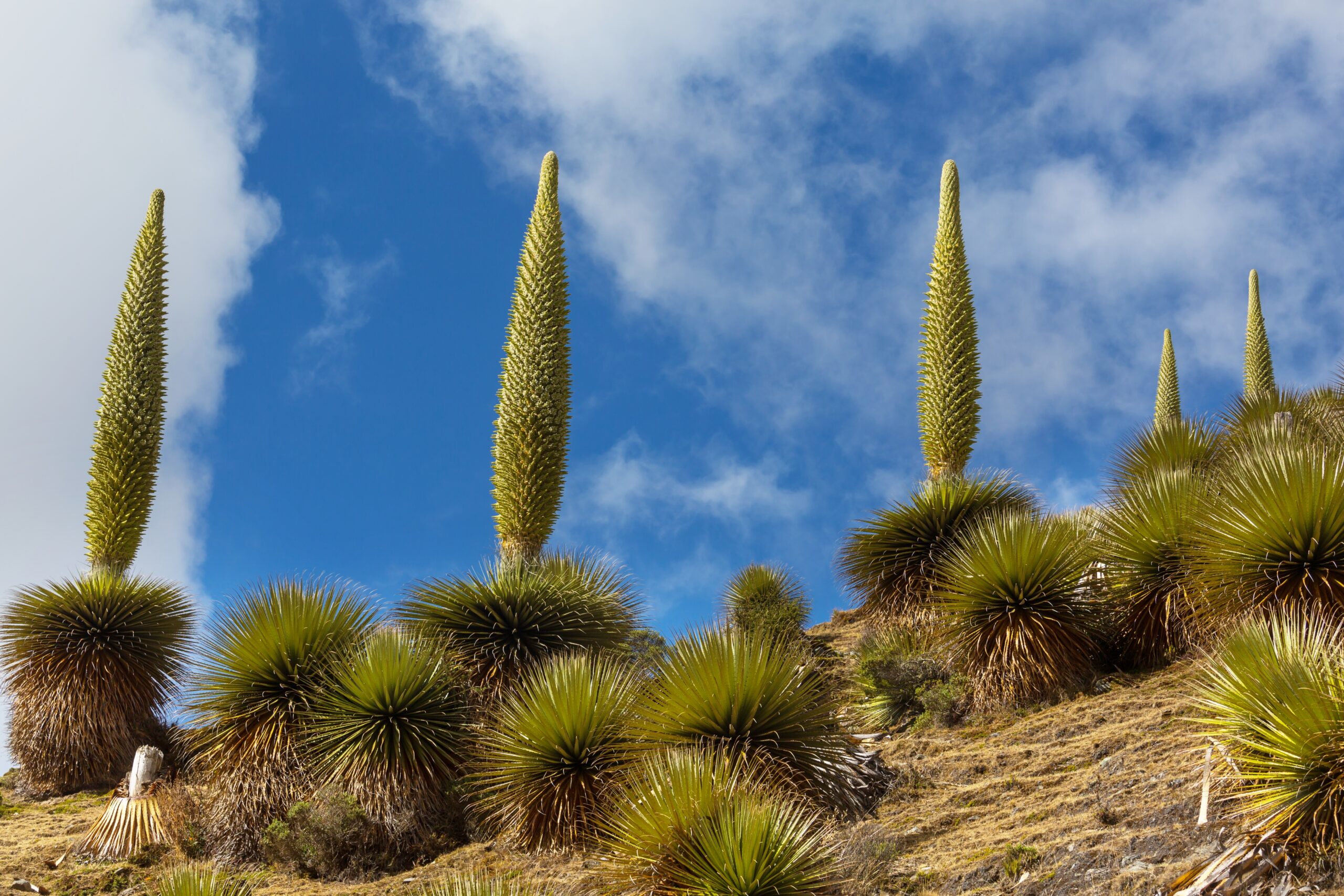
The Queen of the Andes is a towering plant native to the high altitudes of the Andes Mountains. Known for its incredible height and large, spiky bloom, it takes decades to flower and can live up to 100 years. Unfortunately, grazing livestock and habitat disturbance threaten its survival. This rare plant is crucial to its ecosystem, providing food and shelter to various species. Conservationists are working to protect this ancient and majestic plant from extinction.
This article originally appeared on Rarest.org.
More from Rarest.org
16 Ancient Civilizations That Disappeared Mysteriously

History is filled with the rise and fall of civilizations. Some left behind vast empires, while others vanished without a clear explanation. Read More.
20 Graceful Marine Mammals That Glide Through the Ocean’s Depths
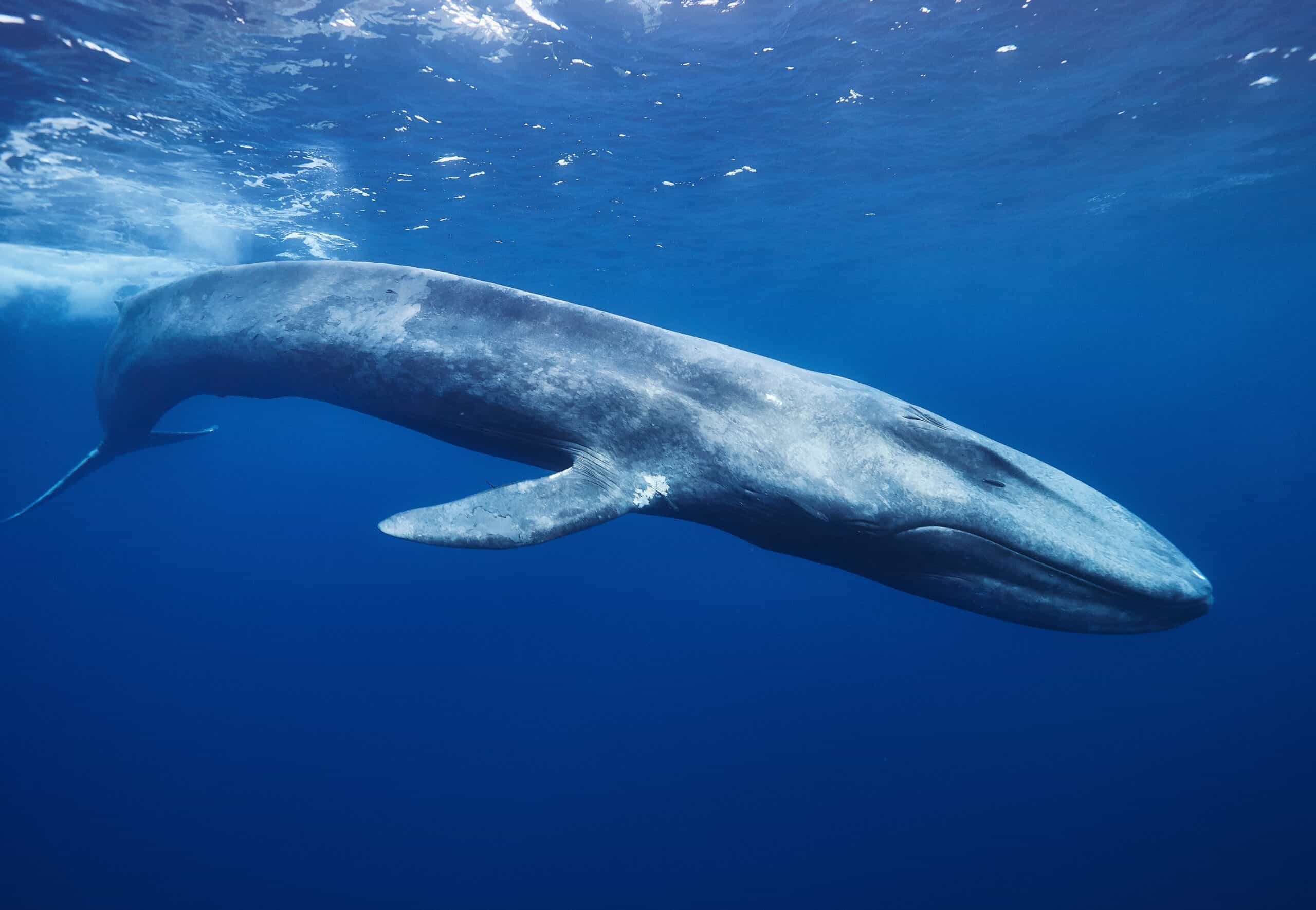
The ocean is home to some of the most graceful creatures on Earth. Marine mammals glide effortlessly through its depths, showcasing their beauty and power. Read More.
13 Unique Cuisines From Isolated Regions Around the World

The world is full of culinary treasures, with some of the most unique flavors found in the most remote places. Read More.
